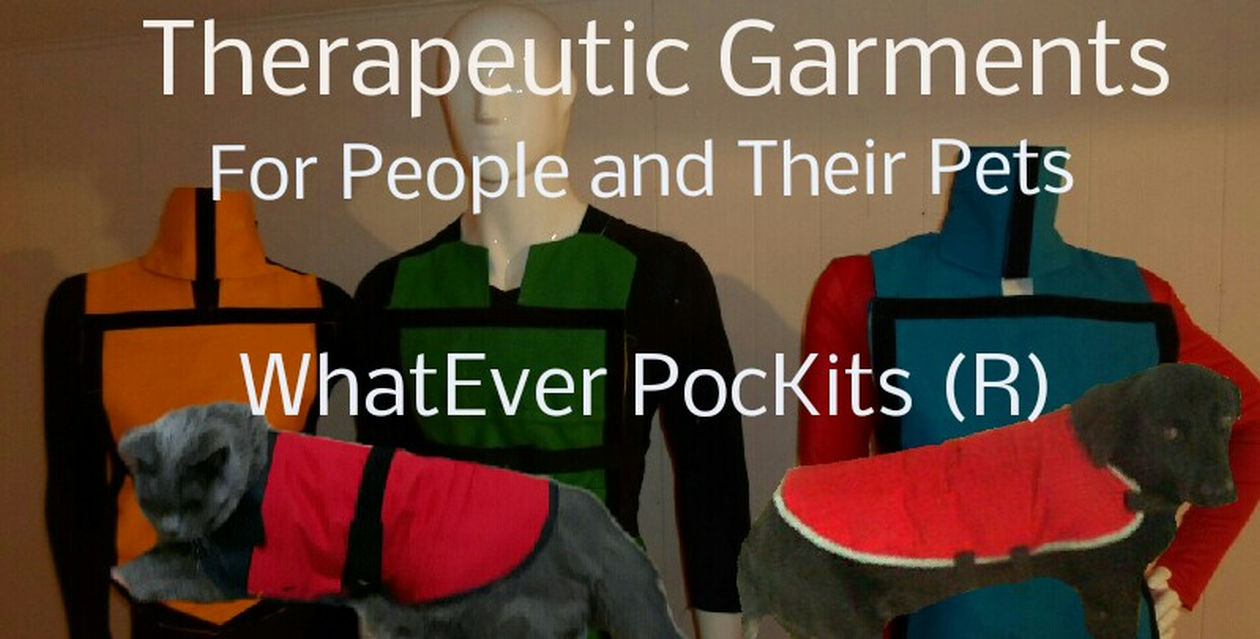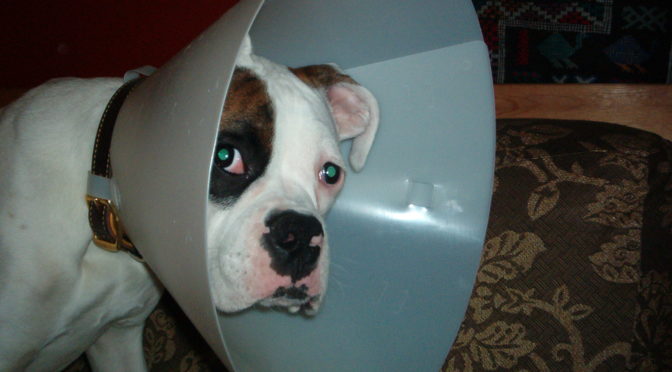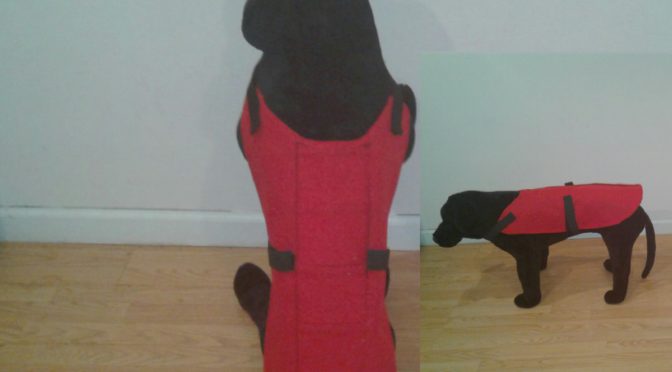Injured Dog Recovery: An injured dog needs to recover much like a person does after having a physical injury.
Injured Dog Recovery
As with any situation, the recovery period greatly depends upon the actual injury. The extent of any damage that may have been caused also affects how long recovery may take.
Allowing and keeping a dog to relax and recover can often be a difficult task. Especially if the recovery period requires that an other wise playful or rambunctious dog has to relax and heal. Keeping the dog from too much walking, running, or other play can be tough, but is necessary
Injured Dog Recovery: Medication
In some cases, recovery requires medication to be administered. The dog may need to have an injury or wound wrapped or have some type medicated cream or ointment applied to it.
Injured Dog Recovery: Ice / Heat Therapy
The veterinarian can determine if the injury just needs some ice or heat applied along with some rest. If the injury is shown to be more damaging, the vet will guide owners every step of the way, in determining what needs to come next.
Injured Dog Recovery: Cone
Often times, a dog will need to wear a cone during recovery. This will help to keep them from licking, biting at, or otherwise irritating an injury or wound as it starts to go through the healing process. This cone helps to give the area a chance to heal without the risk of the dog reopening a wound or causing any type of infection to happen.
Injured Dog Recovery: Time Frame
The length of time involved in allowing a dog to completely recover will also depend upon what the original injury was and the area of the dog’s body in which it happened.
Injured Dog Recovery: Veterinarian
As with any situation that involves a four legged family member, it is best to consult a veterinarian. The vet will decide how to handle any injuries.
The vet will be able to suggest what course of action to take. This decision is one that is best made by a licensed, practicing veterinarian. Veterinarians have the medical expertise to allow them to know how to handle different medical situations. No matter how little they may be.
Recover rest time by Dr. Karen Becker
To purchase our products click here.





